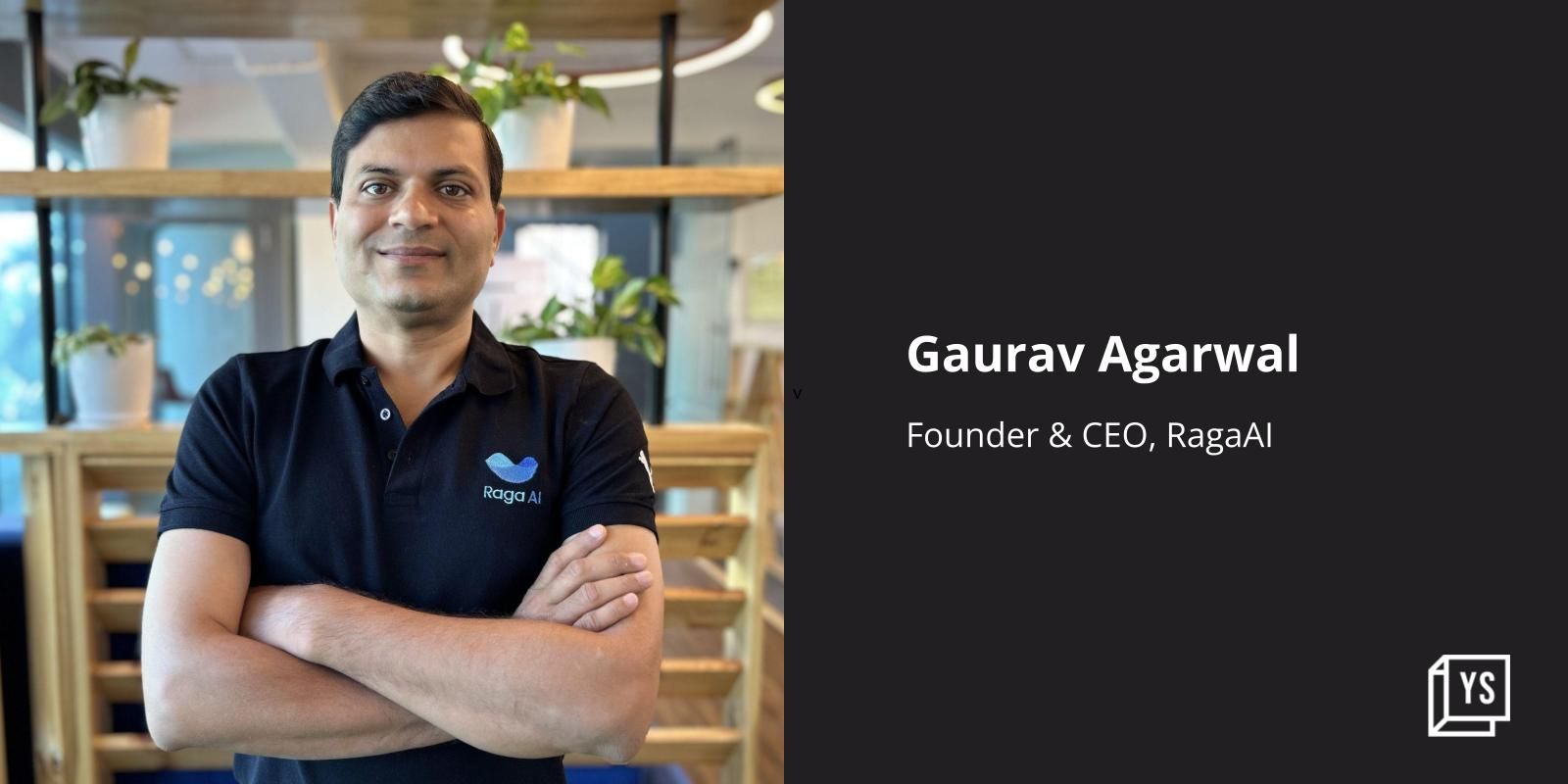iOrderFresh plugs the gap in supply chain by getting products from farm to kitchen within 12 hours
The retail process of fresh products have a 100 per cent increase in wholesale cost and probably 150–200 per cent rise on production cost. However, it is still not a case of supernormal profits either for wholesalers or retailers. Majority of this margin gets eroded within the supply chain due to the perishable nature of the products.

Nitin Sawhney and Sandhya Sawhney saw an opportunity to plug the gaps in the supply chain by getting products from farm to kitchen within 12 hours, avoiding wastage and pilferage. This process would make decent margins while offering a fair price to the end consumer.
Launched in December 2014, iOrderFresh, a fresh produce and grocery mobile retail platform, delivers doorstep food and grocery across Delhi and Gurgaon. The genesis of this business idea was simply the glaring supply chain gaps in the fresh food categories, especially fruits and vegetables.
What makes iOrderFresh unique and a safe option, according to Nitin, is that it does not keep any overnight inventories for fresh products and has only two delivery slots a day to ensure the freshest produce is being sent to consumers day after day.
Growth and funding
The co-founders started out the business with an initial investment of USD 20,000 from personal savings and help from friends and family. The amount was spent primarily on building a robust technology platform including Android and iOS apps. The duo follow a revenue model in which sellers on their platform pay them a listing fee, which is a certain percentage of their gross revenue.
On growth, “We serviced over 1,000 orders a day in September 2015 and are looking at a quarterly growth of 20–25 per cent for the next 12 months. We have over 100,000 customer registrations and repeat customers account for over 55 per cent of our daily orders. We hope to cross 250,000 customer registrations by March 2016 in Delhi-NCR alone. There are no plans to expand to another city for the next 12 months. We want to consolidate our base in NCR and become the biggest player in our segment,” says Nitin.
After launching the business, the platform received seed funding from known contacts for another USD 100,000. During July this year, it raised Series A funding of USD 1 million from Best Foodworks. “We are focussing on unit economics and making the business self-sustainable. However, further capital will be required and we are looking to raise another round of funding in Q1 2016,” says Nitin.
Market and competition
It is one of the biggest consumer segments in the country. It is currently valued at USD 330 billion with an expected market size of USD 1 trillion by 2020.
Bigbasket, Grofers, and PepperTap, among many other players, are the competitors of iOrderFresh in this segment. In the past few months, these players have been able to raise huge funding as well.
This year, Bigbasket raised $50 million from existing investors led by Bessemer Venture Partners. It earlier raised Rs 200 crore led by Helion Ventures and Zodius Capital in September last year.
In February 2015, Grofers raised Series A funding of $10 million by Sequoia Capital and Tiger Global. In April this year, it raised its Series B funding of $35 million, which was announced by the same investors.
In September this year, mobile centric hyperlocal grocery delivery service PepperTap closed a Series B funding round of $36 million. The latest funding round was led by Snapdeal, existing investors Sequoia India and SAIF Partners, with participation from new investors like Ru-net, JAFCO, and BeeNext, the company said.
On competition among innumerable players in the segment, Nitin says that no player will become big enough to enjoy a near-monopoly like dominance in this segment, even in the future. It is a highly localised market and players will have to cater to the tastes of the local population to remain relevant.
However, the biggest competition to his platform presently is ‘inertia’ on the part of the consumer to order using a mobile app or website. The challenge here is to change the habits of the customer and make them shift to online grocery shopping. A combination of convenience, quality products, and hard to find premium groceries will do the trick for them. E-commerce already has an edge over the local shops in the way of tailoring promotions based on customer behaviour, which local shops cannot readily offer. “For now, we plan to make the right customers realise that the entire supermarket is actually in their pockets,” says Nitin.











